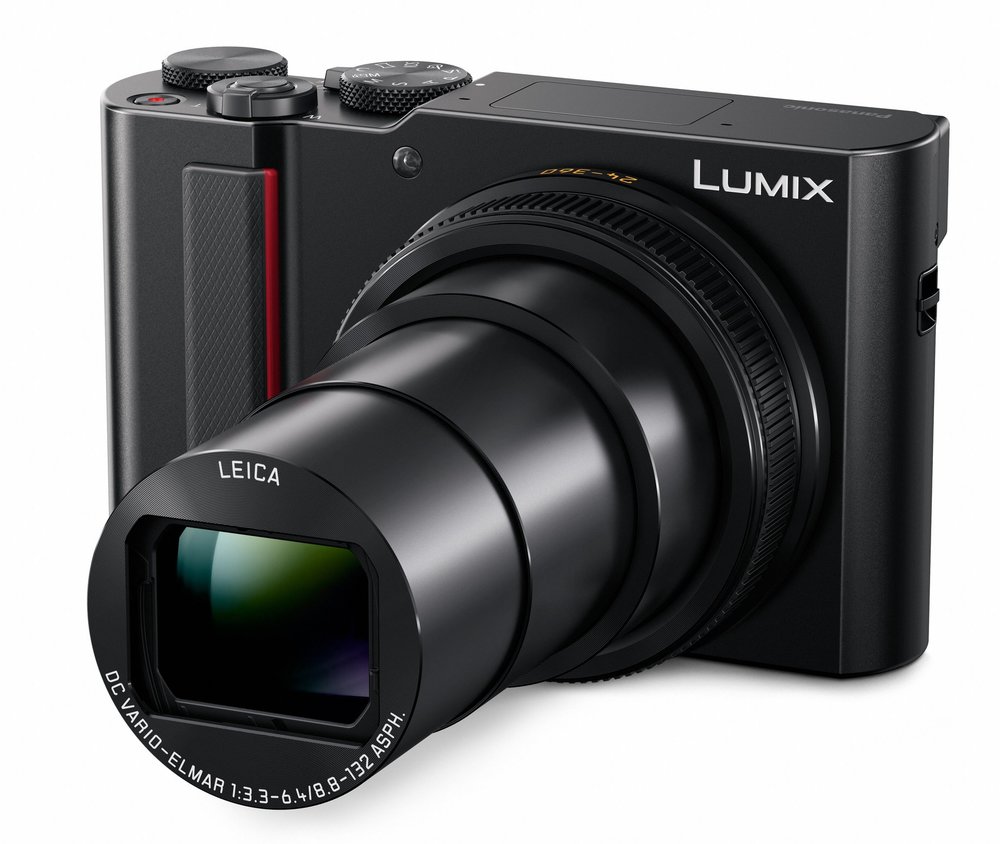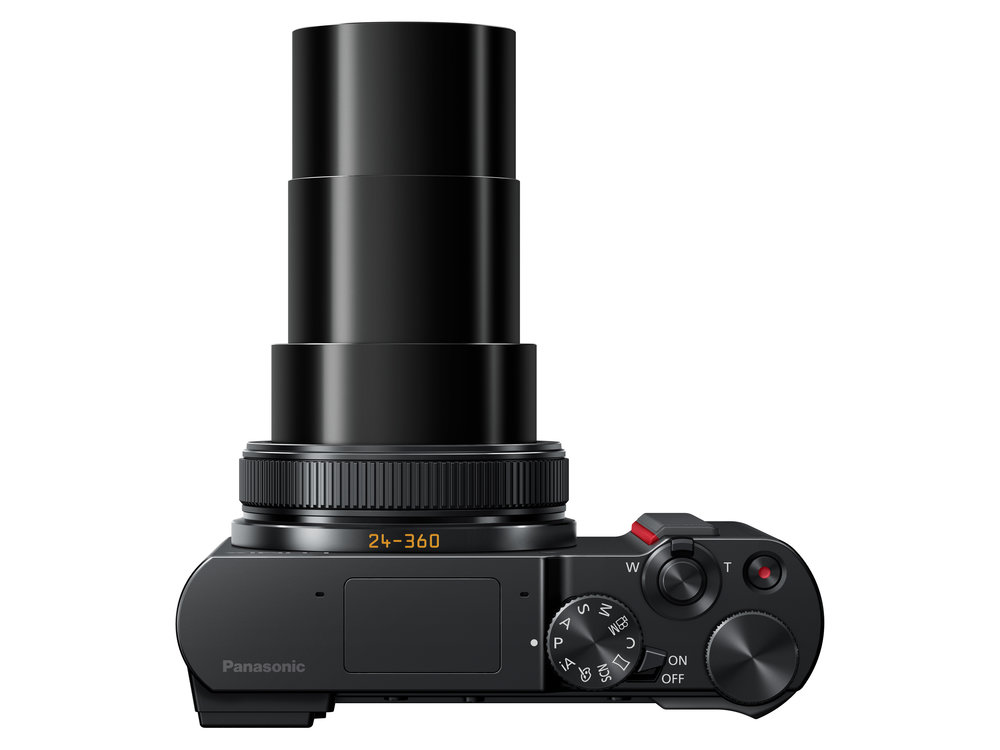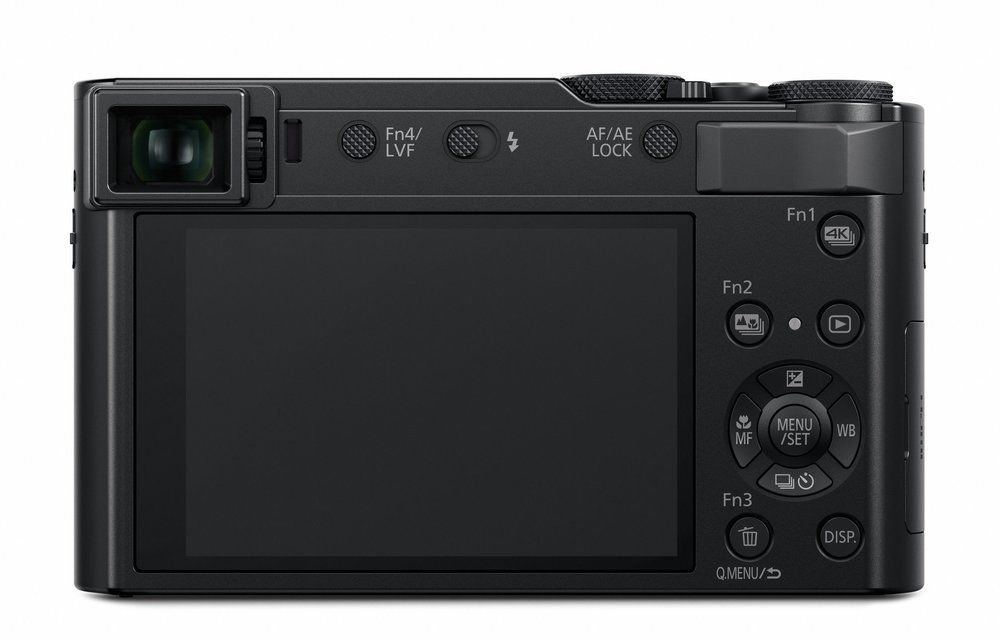
What do you really need in a true pocketable camera? Sony, in particular, has had great success over the past few years with its RX100 range and has done much to convince users than a one-inch sensor can produce excellent results. The RX100 is a very competent camera, small enough to fit in the pocket, and has a fast f/1.8-4.9 Zeiss Vario Sonnar T* lens. Yet this lens covers a fairly restrictive 24-70mm range which I find a little frustrating.

The big advantage of the one-inch sensor is its small size combined with very acceptable image quality, this permitting the design of surprisingly high-performance and long zoom lenses. This has been proved in the RX10 bridge camera and the corresponding Panasonic Lumix offerings, the FZ1000 (aka Leica V-Lux) and FZ2000. Panasonic has also featured this sensor size in the ZS100 compact. It slightly bigger and heavier than the RX100 but does include a proper built-in viewfinder (not pop-up) and a much greater zoom range of 24-240mm. It is clear that many are happy to trade the faster aperture for the longer reach.

Now they’ve gone one better with the new TZ200/ZS200 (why can Panasonic never choose just one name for use throughout the world?) which promises to be a really great pocket camera for travellers. Although the Leica DC Vario-Elmar lens is slower than the Sony’s Sonnar, at f/3.3-6.4, it does sport something of a killer reach. It ranges from 24 to 360mm — which is not a lot short of the 24-400 scope of the much bulkier but same-sensored FZ1000/V-Lux (tested here). To put this capability in your pocket is something of a triumph for Panasonic’s engineers. The results should be very similar to those from the larger bridge camera and that, in my book, this spells satisfaction. True, the FZ1000/V-Lux has a faster f/2.8-4.0 lens, but then the camera is so much bigger and definitely not pocketable.
Indeed, the TZ200 begins to look much more attractive when size is taken into account. Add in a fastest electronic shutter speed of 1/16,000 and an ISO range of 125-12800 (boosted to 80-25600 if needed) and you begin to realise that this is definitely something of a quart in a pint pot.

This is a pocket camera for those occasions when you don’t want to lug around a larger device. Yet even as a primary device it makes a lot of sense — far more sense, in fact, than the older tiny-sensor bridge cameras churned out by Panasonic and the like. Indeed, I think the TZ200 could well make a successful Leica transplant, despite there being no 1in-sensor ultra-compact in the Wetzlar lineup at the moment. The admittedly much smaller Leica C (tested here) with its 1/1.7in sensor and 28-200mm-equivalent zoom is no more so the field is open. There days, I think the one-inch sensor is the way to go.
But what of the current Leica D-Lux (tested here)? This has a slightly smaller-than-m4/3 sensor with a crop factor of 2.2 instead of the usual 2. The one-inch sensor has a crop factor of 2.7 so there is not a dramatic difference in the light of constant improvement in sensor performance and resolution. But the clue to the D-Lux is in its name — it has to have a fast lens, much faster than the f/3.3 starter aperture in the Panasonic TZ200.
There is as yet no sign of a replacement for the D-Lux’s Panasonic sibling, the LX100. It is now seriously overdue but when it is finally announced we will know the future Leica D-Lux.
More reading
_______________
- Subscribe to Macfilos for free updates on articles as they are published
- Want to make a comment on this article but having problems?

The introduction of new cameras like this in a declining market is surprising. The latest figures from CIPA point to his decline https://www.dpreview.com/news/0947329966/slow-start-to-year-as-camera-production-and-shipping-plunge , with small sensor cameras without an interchangeable lens, such as this one, being particularly badly hit. The outlook for the future seems to be fewer camera models, but the remaining ones will get more expensive. Small sensor cameras will continue to be replaced by smartphones, mainly because of the ease of communicating with social media etc. I have been suggesting for some time now that camera manufacturers should put communications facilities into smaller cameras. My first mobile phone which my employer gave me around 1993 or 1994 was a Panasonic.
William
Hi Mike,
I remember looking at the D-Lux before I bought my X, and wondering if it would do what I needed. Then I ended up with the X, and the rest as they say is history.
For me I would be more interested in seeing what images this one produces out in the field with us mere mortals using them, before I added it to my growing list of future contenders. Which is looking alarmingly long at the moment.
Dave
It’s nice to have the choice, thought, the range available is growing all the time and most manufacturers are now looking to serious photographers for their growth rather than tyros who at increasingly happy with their smartphones.
I completely agree with you Mike about one-inch sensors and sensor development all round, and for the time being I am happy with my RX100 and RX10. Even so, I can be satisfied with a 200mm reach in a tiny compact, sacrificing reach for a faster lens. The lens on the Leica C is superb, and I get good A4 OOC jpegs even if the sensor is only the 1/1.7 inch once thought of as "large compact". Together they give me good prints up to A4. And the "C" with the Twist camera case is so nifty to use, that it will continue to be my "camera when I don’t want a camera". A great pity Leica has discontinued it.
I agree. The C is a good pocket camera but, as we know, one-inch sensors can now be squeezed into really small bodies and, ultimately, they will take over from ultra-small sensors. Interesting times…..